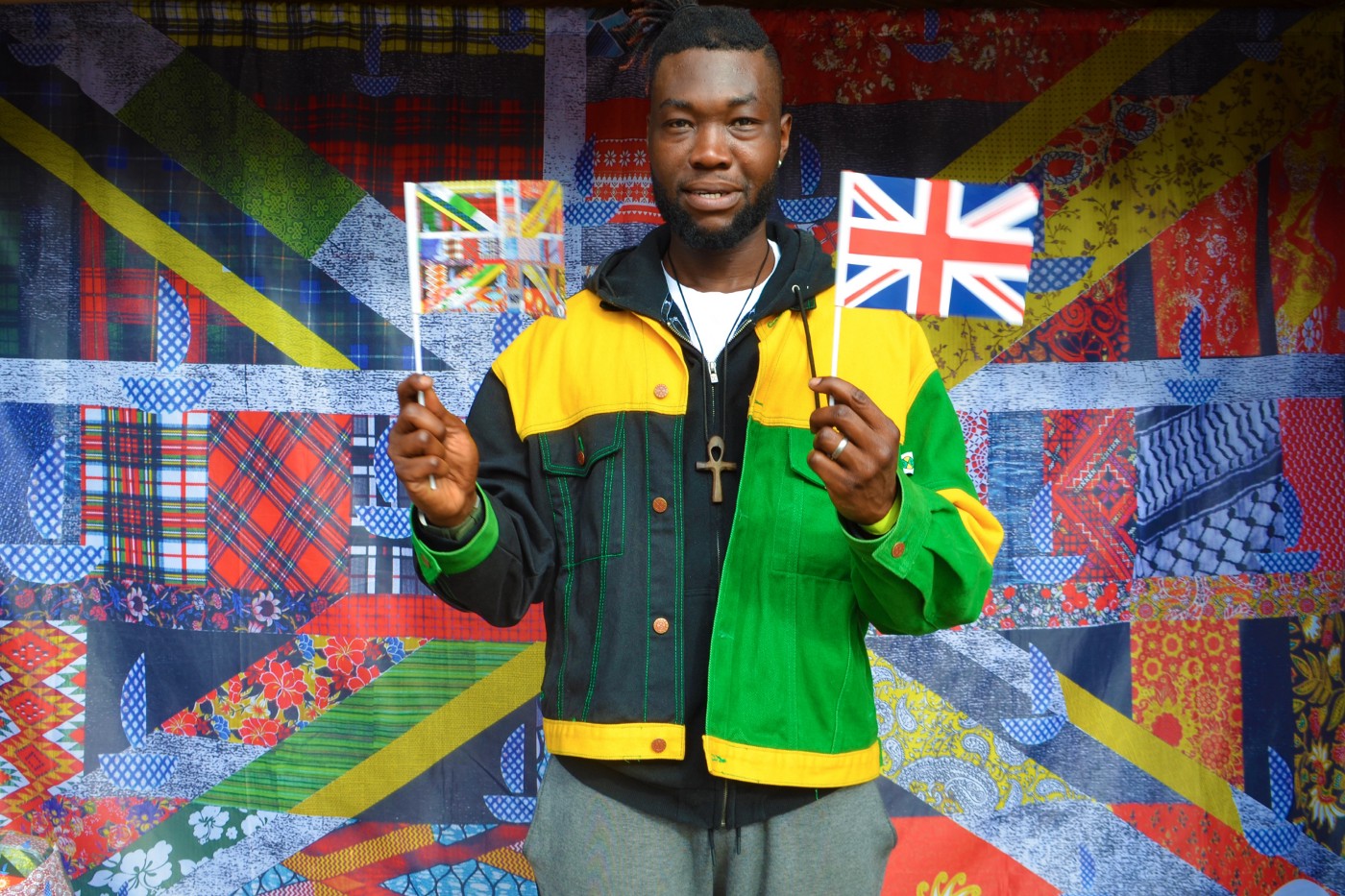THE ORIENT AS THE ‘OTHER’
In his book Orientalism, Edward Said, points out that ‘the Orient has helped to define Europe (Or the West) as its contrasting image, idea, personality, experience [as] . . . One of its deepest and most recurring images of the Other’. So what does this mean? What is the ‘Other’?
Often discussed by contempoary philosopher Slavoj Zizek, the recognition of the ‘Other’ is mainly attributed the French philosopher and psychoanalyst Jacques Lacan. A good way to develop an understanding of this term is in his exploration of the mirror stage of child development, whereby, as we cannot actually see ourselves as whole, we use a reflection to understand who we are / who we are not. Lacan proposed that in infancy this first recognition occurs when we see ourselves in a mirror. Applying that theory to culture, communications and media studies, it is possible to see why we are so obsessed with reading magazines, listening to music, watching films, videos and television because, essentially, we are exploring ‘The Other’ as a way of exploring ourselves.
To link this to postcolonialism would be to suggest that the West uses the East / the Orient / the ‘Other’, to identify and construct itself. How it sees itself as the ‘West’ as opposed to . . . in other words, it acts as The Other, a mirror by which a reflection of the self can be measured out and examined.
Essentially, and most crucial for postcolonial critical thinking, it is possible to identify a process whereby REPRESENTATIONS of – the East /the Orient / the ‘Other’ – are CONSTRUCTED through the lens of WESTERN COLONIAL POWER. So as much as the concept and image of ‘the West’ itself, the Orient is an idea that has a history and a tradition of thought, imagery, and vocabulary that have given it reality and presence in and for the West. The two geographical entities thus support and to an extent reflect each other.

